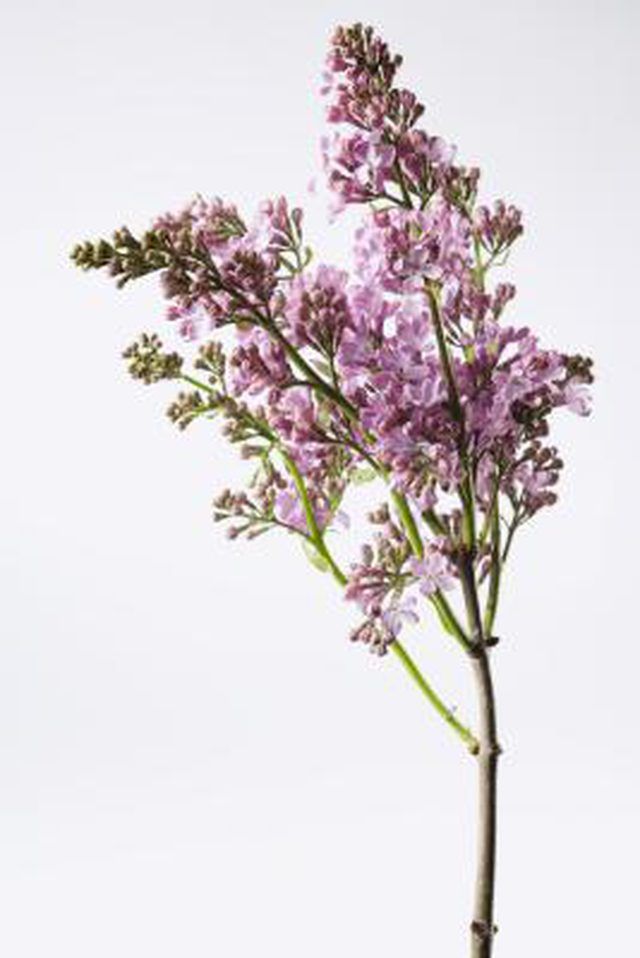Bulbs
Flower Basics
Flower Beds & Specialty Gardens
Flower Garden
Garden Furniture
Garden Gnomes
Garden Seeds
Garden Sheds
Garden Statues
Garden Tools & Supplies
Gardening Basics
Green & Organic
Groundcovers & Vines
Growing Annuals
Growing Basil
Growing Beans
Growing Berries
Growing Blueberries
Growing Cactus
Growing Corn
Growing Cotton
Growing Edibles
Growing Flowers
Growing Garlic
Growing Grapes
Growing Grass
Growing Herbs
Growing Jasmine
Growing Mint
Growing Mushrooms
Orchids
Growing Peanuts
Growing Perennials
Growing Plants
Growing Rosemary
Growing Roses
Growing Strawberries
Growing Sunflowers
Growing Thyme
Growing Tomatoes
Growing Tulips
Growing Vegetables
Herb Basics
Herb Garden
Indoor Growing
Landscaping Basics
Landscaping Patios
Landscaping Plants
Landscaping Shrubs
Landscaping Trees
Landscaping Walks & Pathways
Lawn Basics
Lawn Maintenance
Lawn Mowers
Lawn Ornaments
Lawn Planting
Lawn Tools
Outdoor Growing
Overall Landscape Planning
Pests, Weeds & Problems
Plant Basics
Rock Garden
Rose Garden
Shrubs
Soil
Specialty Gardens
Trees
Vegetable Garden
Yard Maintenance
How to Extract Lilac Fragrance
How to Extract Lilac Fragrance. You, or someone you know, probably loves the smell of lilac. But once the flowers die, the fragrance goes with them. Lilacs are one of the few flowers whose essence can be effectively extracted. You can preserve the scent of the flowers through an ancient technique called enfleurage. Perfume makers have used this...

You, or someone you know, probably loves the smell of lilac. But once the flowers die, the fragrance goes with them. Lilacs are one of the few flowers whose essence can be effectively extracted. You can preserve the scent of the flowers through an ancient technique called enfleurage. Perfume makers have used this method for centuries and it is still used in some forms today. This process may seem a little strange and is certainly not easy or quick, but it produces a concentrated, perfumed lilac elixir.
Things You'll Need
10 large, shallow glass or ceramic plates
2 lbs. lard
8 lbs. fragrant lilac flowers
Butter knife
Duct or masking tape
4 pint-sized glass jars
Ethyl alcohol, 1 quart
Piece of muslin fabric, 1 foot long
Large funnel
Quart-sized glass jar
Container of fixative oil (see Tips)
Place two plates next to each other so that you have two sets of five plates each. Melt the lard and pour it into the bottom of each plate so that it covers the bottom with a 1/2-inch-deep layer.
Allow the fat to solidify. Score the surface of the lard in a criss-cross pattern with the butter knife. Distribute 2 cups of the lilac flowers evenly among the 10 plates, placing them carefully in the grooves of the lard.
Place one set of plates on top of the other and tape the plates together, sealing the gap between the plates. Allow these plates to set in a cool, dark area for two days.
Remove the tape after two days and replace the lilac petals with 2 cups of fresh petals. Reseal the plates and place them back in the area. Repeat this action six more times for a total of 18 days.
Remove the petals from each plate and place the lard into the glass jars so that each is about half full with lard. Top each jar with ethyl alcohol until the jars are nearly full. Seal the jars and shake them thoroughly. Place the jars in a dark area for three months, shaking the jars each day or at least five times a week.
Place the funnel on top of the quart-sized jar. Fold the muslin in half and place it over the funnel. Pour the contents of each small jar into the muslin-covered funnel and strain the solution into the large jar. The fat will not pass through the muslin.
Add fixative oil to the lilac essence, about two drops per 1/4 cup. Seal and store the jar.
Tips & Warnings
You may also want to add some crushed whole spices or dried orange peel to the fat to enhance the flower fragrance.
Ethyl alcohol is the best to use for this process, but it is also hard to find pure ethyl alcohol. Rubbing alcohol may also be used as an adequate substitute.
Fixative oil is a special blend of synthetic oils that are used to preserve the fragrance of the flowers in the alcohol. It can be found at specialty craft and hobby shops.
This lilac essence can be mixed into homemade cleaning solutions as a fragrant additive. It is also safe to use as a simple perfume.
Make sure that the flowers do not touch the plate directly as fungus could grow and spoil the fragrance.
The solution should not be added to any substance intended for consumption.